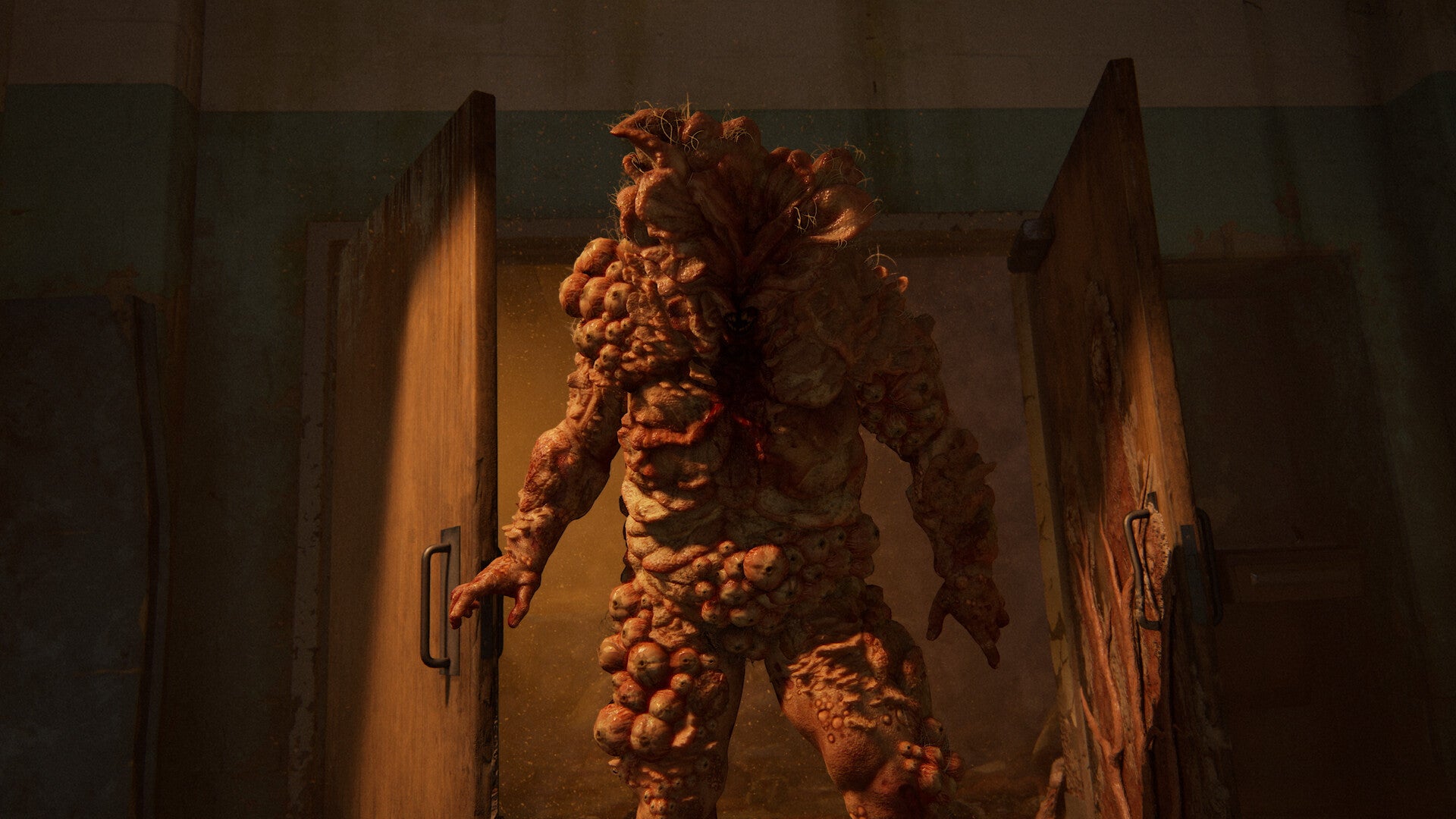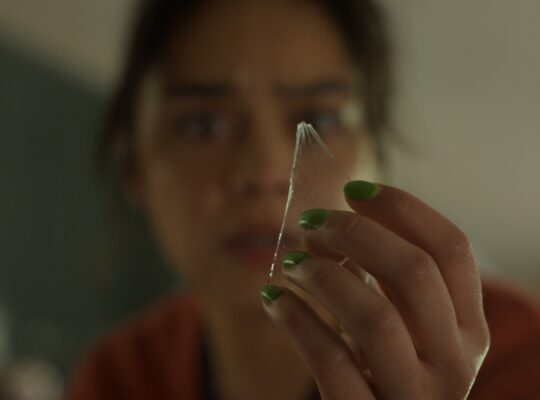A rare fungus that acts like the Cordyceps fungus which inspired The Last of Us was recently discovered in a rainforest in Scotland.
In Naughty Dog’s The Last of Us, mankind is devastated by the Cordyceps brain infection, which turns humans into terrifying zombie-like creatures called Clickers.
The idea was used for HBO’s phenomenally popular The Last of Us TV series, which begins with a flashback to 1968 and a warning from a scientist about the dangers of fungi.
Dr. Neuman, played by John Hannah, talks about a fungus that infects insects, traveling through the circulatory system and into the brain, which it floods with hallucinogens. The Last of Us wonders what would happen if one of these types of fungi, so far limited to infecting insects, were to evolve to attack humans and, well, we all know the result.
Now, as reported by The Times, the Gibellula fungus, which infects spiders through fungal spores and grows from within the body, eventually digesting the insect whole, has been found in Scotland. Like The Last of Us’ parasitic fungal infection in humans, the real-world Gibellula fungus can make spiders act “like zombies” before death by making them stick to the underside of leaves, allowing spores to spread more easily.
This isn’t the first time the Gibellula fungus has been recorded in Scotland, but it is incredibly rare. The Times said it’s only been found 10 times in the country over the past 70 years.
Amateur naturalist Ben Mitchell, who is part of the West Cowal Habitat Restoration Project on the west coast of Scotland and made the discovery, said: “It’s part of a group of fungi that are known for turning their victims into ‘zombies,’ compelling them to act in a certain way before killing them.
“Gibellula seems to make spiders move to the underside of leaves, before sticking them there. It’s maybe so that when they fruit, the spores are protected from the rain and can drop on to other unsuspecting spiders more easily.
“It’s a bit grim, but it’s all part of the remarkable natural world.”
Since The Last of Us hit PlayStation and, subsequently, our TV screens, the real-world Cordyceps has found itself under a microscope, with some wondering if the future the video game imagines might be possible in the real world. Indeed, Cordyceps has long been studied by the scientific community and is even found in a number of health supplements. But don’t worry – so far none of these “zombie fungi” have evolved to gain the ability to control a human mind.
So far.
Wesley is the UK News Editor for IGN. Find him on Twitter at @wyp100. You can reach Wesley at wesley_yinpoole@ign.com or confidentially at wyp100@proton.me.










